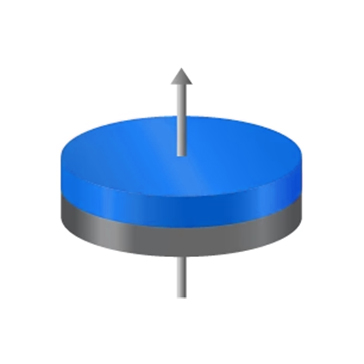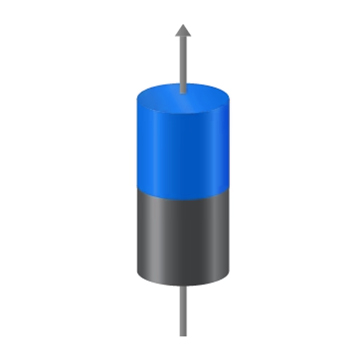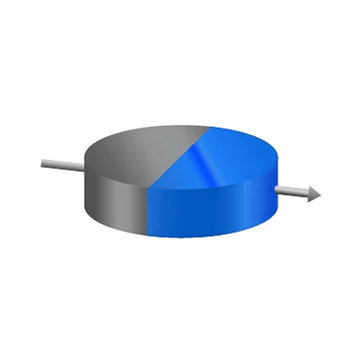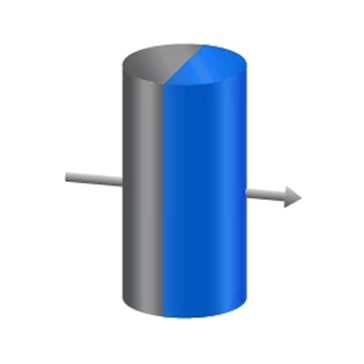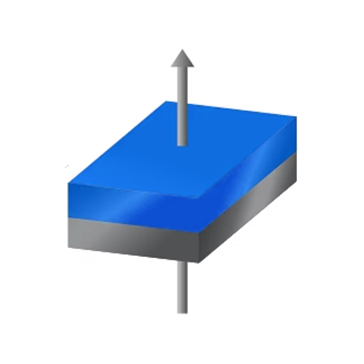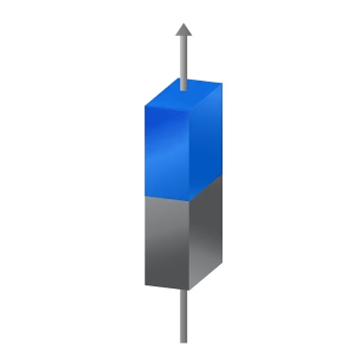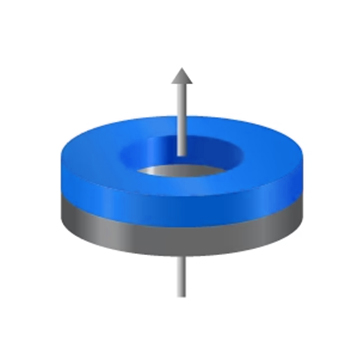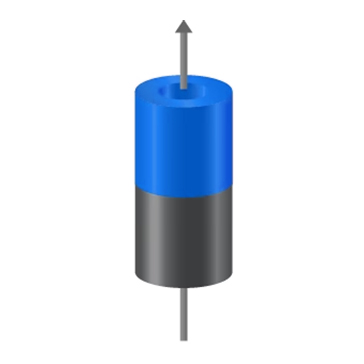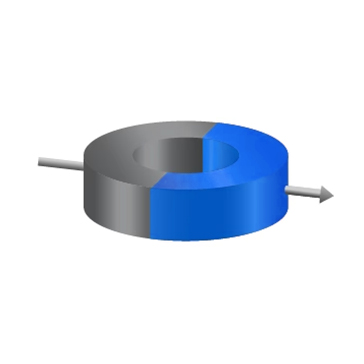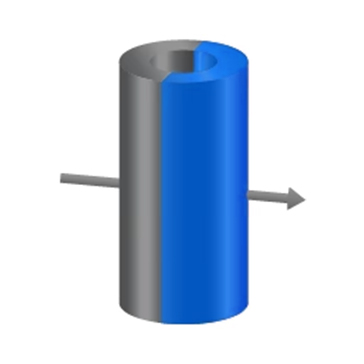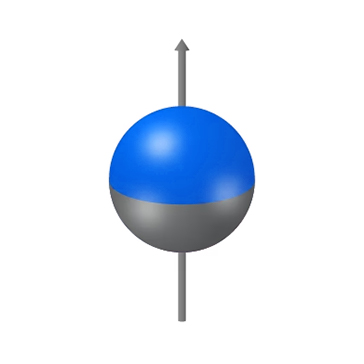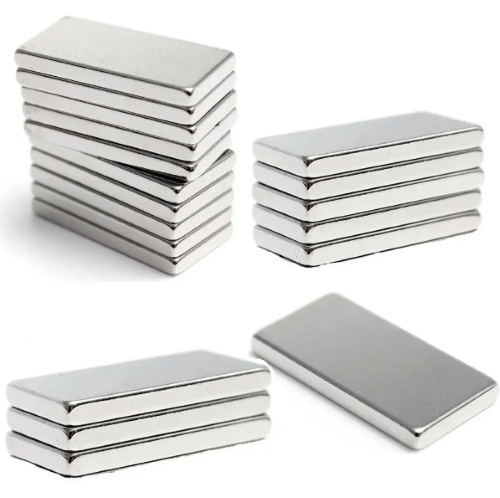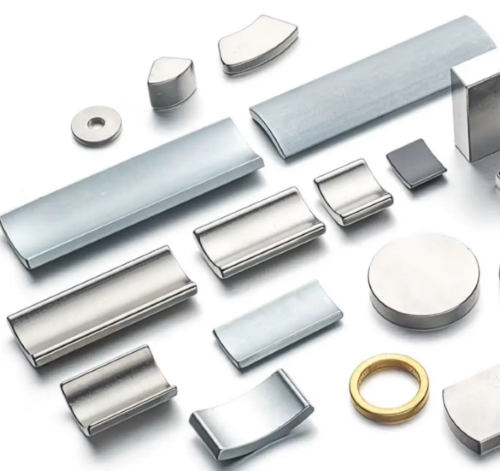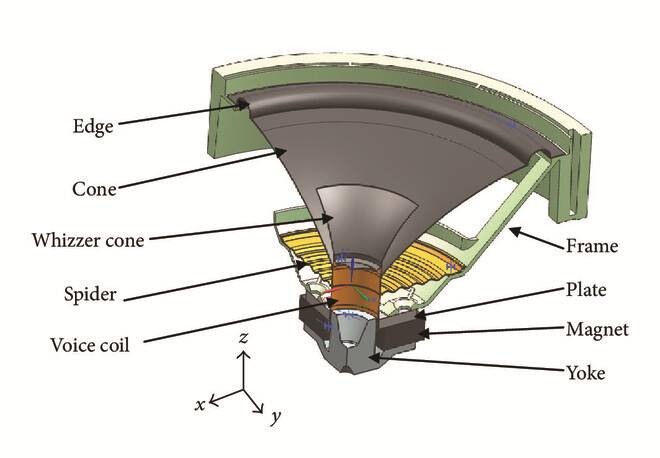All about Magnetization Direction and Orientation Direction
Some of our customers who are new to magnets, may not know some of the professional knowledge about magnets, and may have such questions: what is the magnetization direction of the magnet, and what is the orientation direction of the magnet? Let's take a look at the magnetization direction and orientation direction.

Fig.1 Magnetization Direction and Orientation Direction
What Is Magnetization?
The magnetism of a permanent magnet mainly comes from its easily magnetized crystal structure. It can obtain extremely high magnetism under the action of a strong external magnetic field, and its magnetism will not disappear after the external magnetic field disappears. Therefore, "magnetization" is a key step for permanent magnets such as neodymium magnets to obtain magnetism.
Isotropic Magnets vs Anisotropic Magnets
Magnets can be divided into two types: isotropic magnets and anisotropic magnets.
- Isotropic magnets have the same magnetic properties in all directions and can be arbitrarily attached.
- Anisotropic magnets have different magnetic properties in different directions. The direction in which it can obtain the best magnetic properties is called the orientation direction of the magnet.
If a magnet has an orientation process in the production process, it is an anisotropic magnet. Sintered NdFeB magnet is generally molded and pressed by magnetic field orientation, so the orientation direction needs to be determined before production, namely, the upcoming direction of magnetization. Powder magnetic field orientation is one of the key technologies for manufacturing high-performance NdFeB.
Magnetization Direction
The permanent magnet is applied with a magnetic field along the orientation direction of the magnetic field, and the strength of the magnetic field is gradually increased to reach the technological saturation state. This process is called magnetization. Sintered NdFeB magnets generally have several shapes such as square, cylinder, ring, and tile. The following are their common magnetization directions.

Fig. 2 Magnetization Direction of Square, Cylinder, Ring, and Tile Magnets
In addition to the above-mentioned ordinary single-pole magnetization, the sintered NdFeB magnetic ring can also be multi-pole magnetized according to actual needs, that is, multiple N and S poles can be present on a plane after magnetization.
Summary Table of Common Magnetization Directions
- Axial Magnetization: Magnetization is oriented along the magnet thickness with north and south poles on its flat, usually circular, faces. This type of magnetization is commonly found in disc, cylinder, and ring magnets.
- Thickness Magnetization: The magnet is magnetized through its smallest dimension. For block magnets, the thickness is usually the dimension along the axis of magnetization and is often the last measurement listed in the product dimensions, such as Length x Width x Thickness.
- Diametrical Magnetization: This is the configuration where the north and south poles of the magnet lay at the opposite ends of a diameter. It is used quite often for ring magnets.
- Radial Magnetization: The poles are on the inner and outer surfaces of a ring or other hollow shape. This direction of magnetization is very common for cylindrical or ring-shaped magnets.
- Planar Multipolar Magnetization: This is a magnet having several poles located on only one flat surface. It's commonly used in applications requiring multiple poles on a single plane.
These directions of magnetization are cardinal considerations in the selection of magnets for definite applications, since the magnetic field strength, orientation, and performance of the magnet in different devices depend directly on them.
|
Magnet Shape |
Magnetization Directions |
Illustrations |
|
Discs & Cylinders |
Axial |
|
|
Diametric |
|
|
|
Blocks |
Through thickness |
|
|
Rings |
Axial |
|
|
Diametric |
|
|
|
Spheres |
Axial |
|
Conclusion
Thank you for reading our article and we hope it can help you to have a better understanding of the magnetization direction and orientation direction of magnets. If you want to learn more about magnets, we would like to advise you to visit Stanford Magnets for more information.
As a leading magnet supplier across the world, Stanford Magnets has been involved in R&D, manufacturing, and sales of magnets since the 1990s. It provides customers with high-quality permanent magnets like SmCo magnets, neodymium magnets, AlNiCo magnets, and ferrite magnets (ceramic magnets) at a very competitive price.











